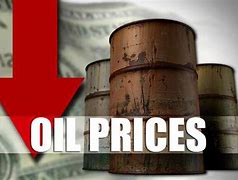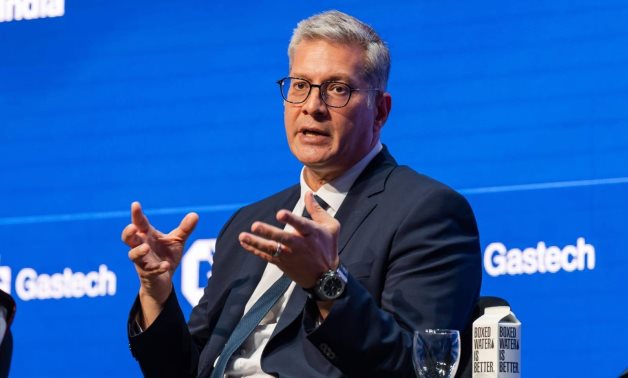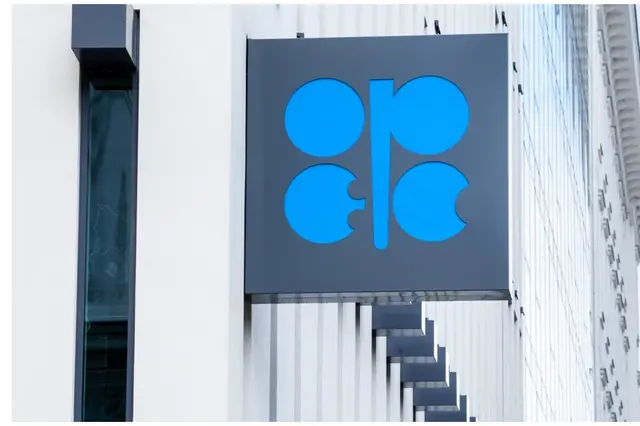Energy

Resilient non-oil sectors to keep Qatar’s economy afloat in 2025

Doha, Qatar: Qatar’s economy is expected to remain on stable footing in 2025, buoyed by steady growth in non-hydrocarbon sectors and a slight recovery in hydrocarbon output, according to a recent analysis by Fitch Solutions.
While global economic uncertainty and softening energy prices have led to a downward revision in the country’s growth forecast from 2.9 percent to 2.6 percent, Fitch reports that Qatar’s diversified growth drivers and long-term energy export contracts will shield it from more severe global shocks.
Fitch revised Qatar’s real GDP growth forecast for 2025 down to 2.6 percent, citing lower global energy prices and increased investor caution amid elevated international uncertainty. The updated figure is a slight reduction from the previously expected 2.9 percent but still represents a modest improvement over 2024’s estimated 2.4 percent growth.
Notably, Fitch remains more optimistic than the International Monetary Fund (IMF), which forecasts 2.4 percent growth for a second consecutive year. Analysts emphasises that the direct impact of recent US tariffs on Qatar will be minimal. Exports to the United States comprise just 1.5 percent of Qatar’s total exports and less than 1 percent of GDP.
Moreover, most of these exports are exempt from tariffs, resulting in an effective rate of just 6.4 percent well below the rates faced by many other MENA economies.
“We believe Qatar is largely insulated from weaker growth in key trading partners such as China, thanks to its reliance on long-term hydrocarbon export contracts,” Fitch analysts noted. This export model has proven resilient, limiting exposure to short-term global demand shocks.
Instead, the downward revision stems primarily from anticipated softness in non-hydrocarbon sectors, particularly construction and real estate. Weaker energy revenues are expected to dampen both public and private investment, as lower oil and gas prices prompt a more cautious approach from investors. As a result, Fitch lowered its forecast for non-hydrocarbon growth from 3.8 percent to 3.4 percent.
However, not all sectors are slowing. Manufacturing is projected to rebound in 2025 following a 2.2 percent contraction in 2024, and the financial sector is set to benefit from expected interest rate cuts. Fitch also pointed to signs of resilience in household consumption, supported by slowing inflation, rising wages, and population growth.
“Purchasing Managers Index (PMI) data from early 2025 shows stronger non-hydrocarbon activity compared to Q1 2024, especially in manufacturing, services, and retail,” the report stated. “This reinforces our view that these sectors will continue to support overall economic growth.”
On the hydrocarbon side, growth is forecast to rise slightly from 0.6 percent in 2024 to 0.9 percent in 2025, supported by a 1.6 percent rebound in oil and gas output. The sector is expected to gain further momentum in 2026, with output projected to jump 5.2 percent as capacity expansions from the North Field come online.
The data also shows that Qatar’s external accounts remain strong. Although the current account surplus is expected to narrow from 17.4 percent of GDP in 2024 to 10 percent in 2025 due to lower hydrocarbon revenues, the surplus is still large enough to maintain confidence in the riyal’s US dollar peg.
In terms of monetary policy, Fitch forecasts that the Qatar Central Bank (QCB) will follow the US Federal Reserve in easing rates, but at a slightly more aggressive pace. The QCB is expected to cut policy rates by 120 basis points starting in July 2025, compared to 100 basis points anticipated by the Fed. Since October 2024, QCB rate cuts have consistently outpaced the Fed’s by 5 basis points per move.
Despite the challenges, Fitch Solutions underscores Qatar’s relative economic resilience in the region. The report added, “Strong fundamentals, long-term contracts in hydrocarbons, and targeted government spending will continue to provide a floor under growth.”












